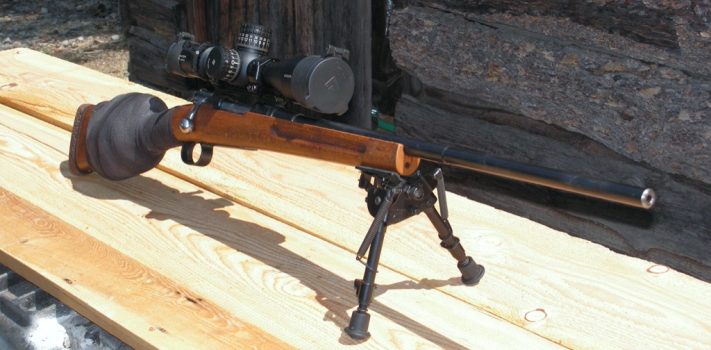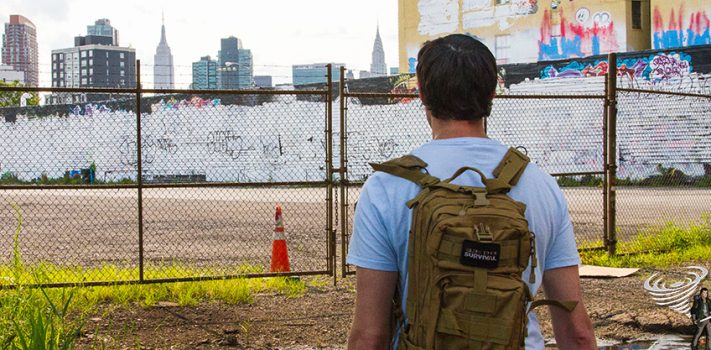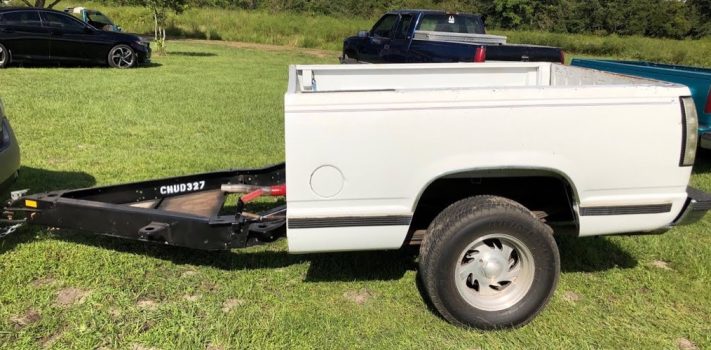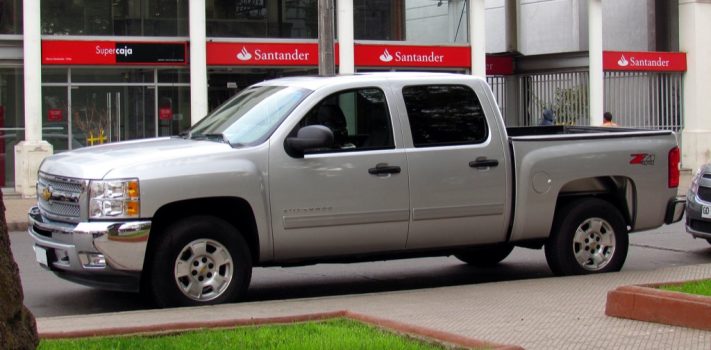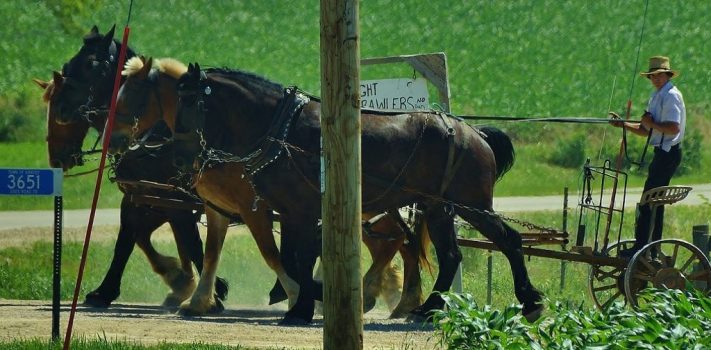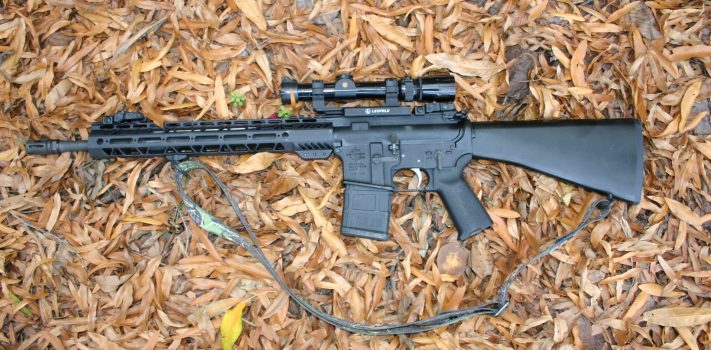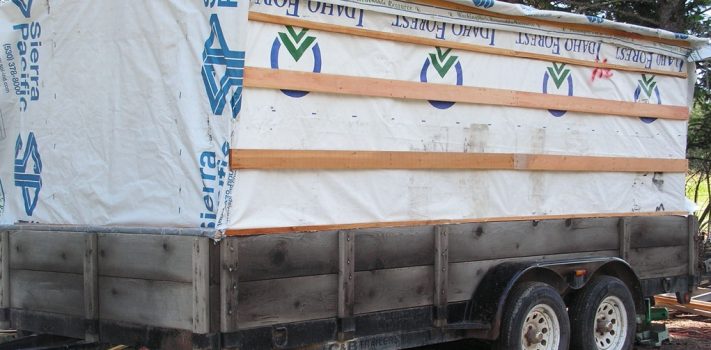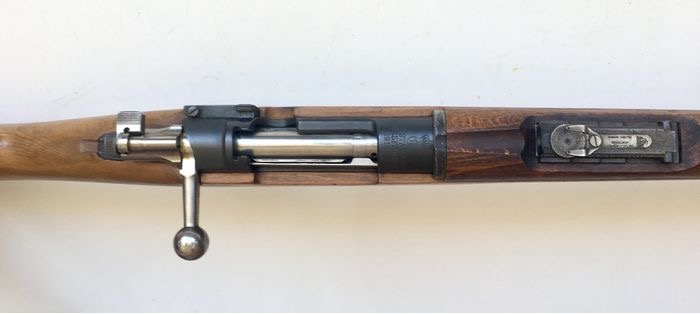Ballistics, Rifle Marksmanship and Why They Matter – Part 1, by Tunnel Rabbit
Introduction I would argue that if Donald Trump’s would-be-assassin on July 13, 2024 had used a bullet with a higher ballistic coefficient, or if the wind had changed, regardless of the cartridge actually used, then Trump would have been killed or gravely injured. How is it that Trump turned his head just before the bullet passed by? This attempt on Trump’s life is a clear indication of the lateness of the hour. Only by an act of God do we have more time to prepare. Like many other SurvivalBlog readers, I was an admirer of the late Bob Griswold who …

